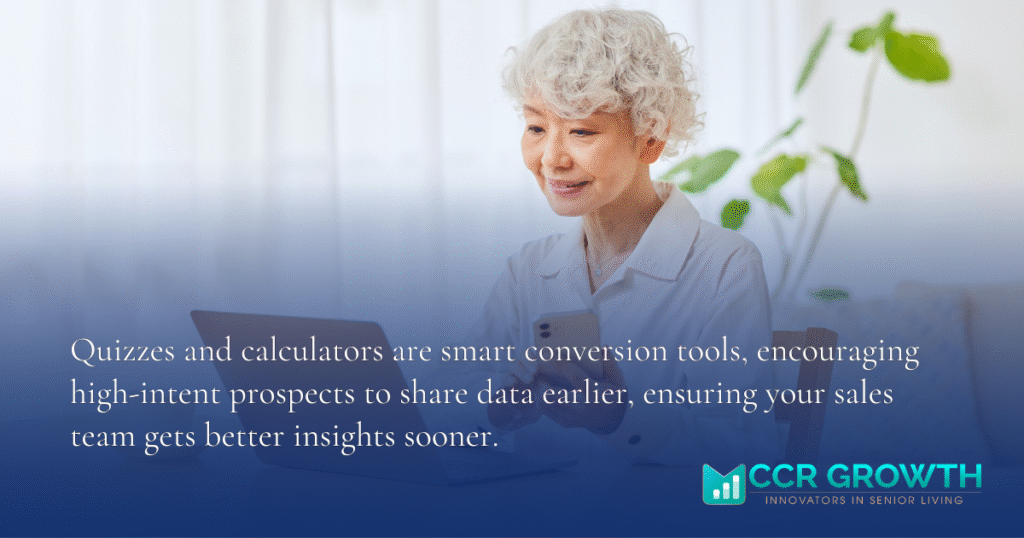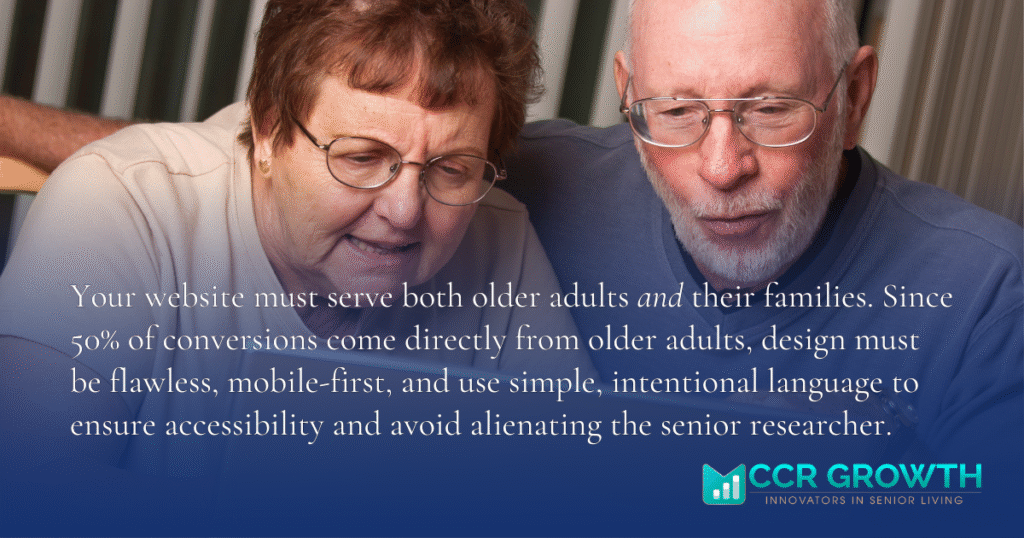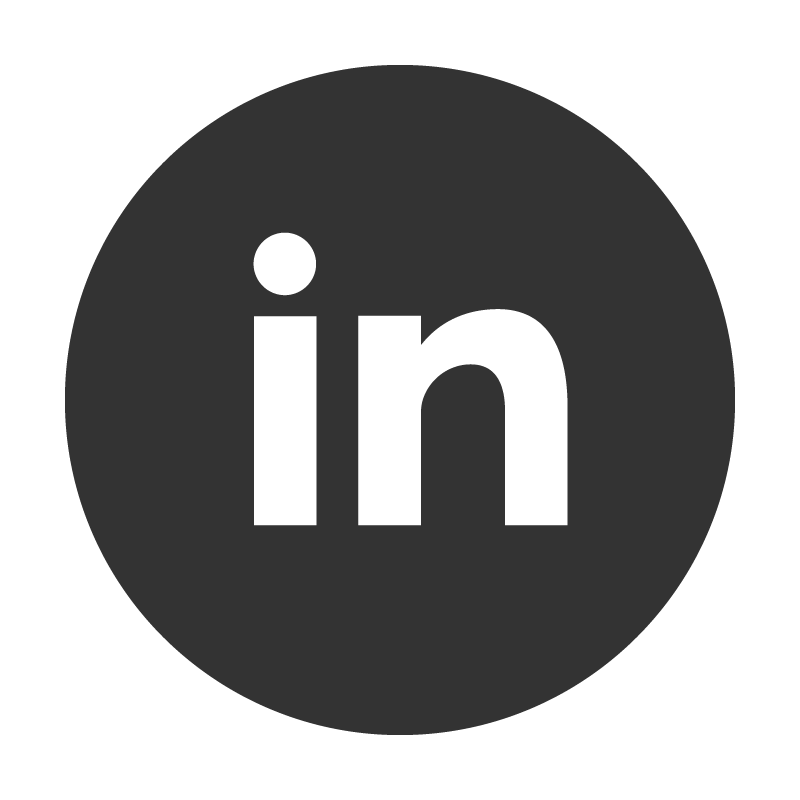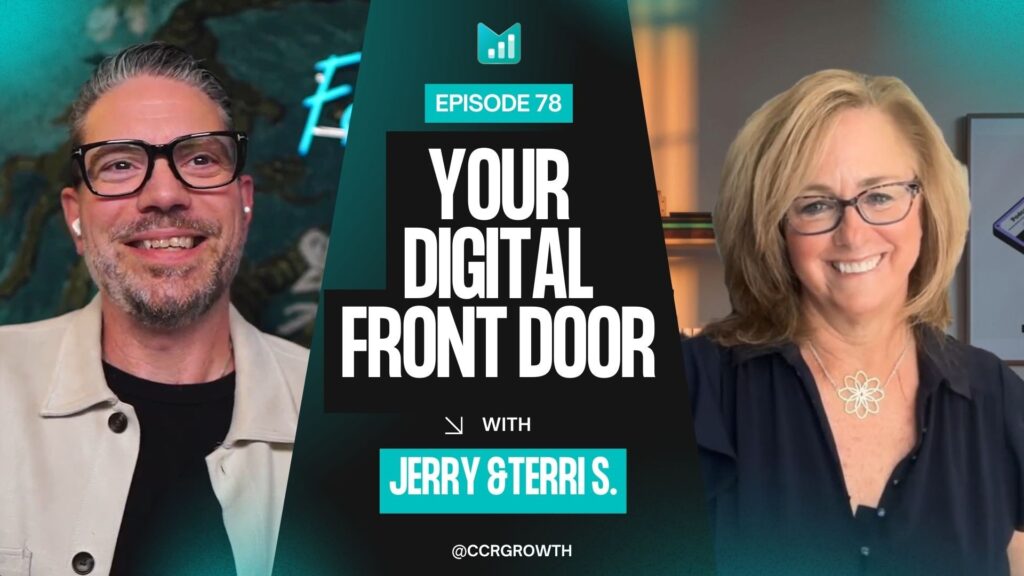
CCR Growth
Why Interactive Content Converts More Senior Living Leads
Key Takeaways
- Interactive Content Wins: Quizzes and calculators outperform generic forms by offering immediate, low-commitment value.
- Conversions Accelerate: Leads from high-quality quizzes convert at rates of 10% to 12% or higher.
- Sales Empowerment: Interactive tools gather richer data, allowing sales teams to prioritize high-intent leads and personalize the conversation instantly.
- Simplicity is Key: Use clear, direct calls-to-action like “Get Help Now” to accelerate engagement.
- Design for Both: Ensure your website design and language are accessible and welcoming to both older adults and their adult children.

It’s time senior living marketing had a strategic shift from passive digital brochures to proactive engagement. This article provides a practical guide on transforming your website into a high-performing conversion asset using interactive content like quizzes and calculators. Unlike generic “Contact Us” forms, these tools offer immediate, low-commitment value to prospects, helping them self-educate while simultaneously gathering the rich data your sales team needs to accelerate move-ins. We will explore the psychology behind this shift, detail the three essential interactive tools for every funnel stage, and show how to empower your team with smarter data.
Why Generic Forms Aren’t Enough
Most senior living sales teams already know that making the decision to move into senior living is both emotional and complex. Families landing on your website are looking for answers to truly personal questions. That likely means an outright call from a salesperson is the furthest thing from their mind. And, when it does finally come time for a prospect to reach out to your team, your generic “Contact Us” form can often feel like a high-commitment roadblock for someone just starting their education. As digital conversion expert Terri Sullivan notes in episode 78 of From Leads to Leases, today’s buyers are highly self-educated and prefer a “rep-free experience.” Your website must offer clear, simple next steps that respect their timeline.
The solution is transforming passive website pages into dynamic, interactive conversion assets like quizzes and calculators. Traditional forms fail because they demand too much without giving immediate value. Interactive content offers a crucial value exchange: the prospect shares a few pieces of information (like acuity or interest) and instantly receives a personalized result or insight. This feels like a helpful diagnosis, not a sales trap.
This approach succeeds by respecting the prospect’s need for self-education and leveraging natural human curiosity. Quizzes answer, “Where do I even start?” while calculators tackle the biggest objection, affordability, by offering immediate, private financial insights. This is low-commitment, data-driven clarity, which helps to build immediate trust and authority for your community. Interactive content creates an irresistible action prompt that static forms cannot match.
Interactive Content Isn’t A Gimmick
Interactive tools succeed because they gather data that is vital to your sales team, ultimately helping you prioritize high-intent leads and compress the sales cycle.
Why Quizzes Drive Higher Quality Leads
The quantitative evidence is compelling. While a traditional form might yield a move-in conversion rate of 2% to 6%, leads captured through high-quality lifestyle quizzes convert to move-ins at rates of 10% to 12% or higher, that’s according to findings made by Terri Sullivan.
According to Terri, the success stems from two key areas:
1. Higher Data Quality
A quiz allows you to ask 10 sequential, low-friction questions (one per screen) that provide deep insight into a prospect’s needs; such as budget, memory care interest, or desired social activities. A traditional form asking those ten questions upfront would be immediately abandoned.
2. Sales Empowerment
The data captured from the quiz, not just a name and phone number, gives your sales team the ability to initiate a deeper, more meaningful conversation right away. The sales professional can skip the basic discovery questions and immediately address the prospect’s specific concerns about wellness or affordability, significantly enhancing the prospect’s experience and increasing the likelihood of conversion.
The Power of the Simple Next Step
The language surrounding these tools is as important as the tool itself. Complex or clever language can drastically reduce conversions. The goal is clarity, transparency, and a direct line to relief.
Terri Sullivan cited a compelling case study; replacing the phrase “Get Admissions Ready” with the simple, urgent “Get Help Now” resulted in a remarkable 50% increase in conversions in a skilled nursing setting. This shows that when prospects are in an acute emotional state, plain, direct language that offers immediate relief is always superior to branding jargon. You must tailor your language to meet the family’s emotional needs.

3 Tools for Every Stage of the Sales Funnel
To build a comprehensive digital strategy, you need a mix of tools designed to engage prospects at different levels of commitment and need.
1. Quizzes: Drive Self-Qualification and Discovery
Quizzes are ideal for the Mid-Funnel stage, targeting prospects who are just beginning their research but need direction.
Purpose: To guide prospects to the right service level (Independent Living, Assisted Living, Memory Care), capture interest data, and reduce decision paralysis.
Examples:
- “Is It Time for Senior Living?” Assessment: Helps families objectively assess their current situation, validating their need for help.
- “Lifestyle Match” Quiz: Captures their interests (dining, fitness, culture) so your sales team can tailor the first call to what they actually care about.
Sales Value: The data captured helps your sales team prioritize follow-up. A quiz result indicating a high fall risk or acute memory needs signals an immediate, high-priority lead.
2. Calculators: Tackle Financial Friction
Financial discussions are often the biggest point of friction in the senior living sales cycle. Calculators move this sensitive conversation online, empowering prospects with private, self-serve information.
Purpose: To provide clarity and combat the affordability objection by comparing costs and unlocking solutions.
Examples:
- “Cost of Home vs. Community Living” Calculator: This tool allows prospects to input their current home expenses (maintenance, insurance, taxes, food) to show the true, often hidden, cost of staying put versus the inclusive rate of your community.
- “Financial Readiness” Tool: Offers general, educational information about various funding pathways (veteran benefits, bridge loans, home equity) without requiring a high-commitment conversation.
Sales Value: This tool gives your sales team permission to talk about budget early in the process and provides valuable insight into the prospect’s perceived financial barriers.
3. Checklists and Guides: Provide Educational Authority
While not strictly interactive in a quiz sense, downloadable checklists and guides, gated behind a short, simple form, are essential conversion points that position your community as a trusted authority.
Purpose: To offer high-value educational content that addresses specific fears and logistical hurdles, establishing trust. These materials are perfect for the early research phase.
Examples:
- “Senior Living Readiness Checklist”: A detailed list of steps to prepare for a move, including downsizing tips, legal documentation, and family communication strategy.
- “Home Safety Assessment Guide”: A self-assessment tool families can use to evaluate their current home’s risks, subtly building the case for a safer community environment.
Sales Value: This content helps your sales team identify prospects who are actively researching and planning their next step, allowing for personalized follow-up based on the specific guide they downloaded.
Empowering Your Sales Team with Smarter Data
The ultimate goal of using interactive content is to accelerate the prospect’s journey and empower your sales team. When prospects enter the CRM, they should carry a data profile that allows for immediate, meaningful engagement.
1. Prioritize Response Time
Sales teams that follow up quickly have a dramatically higher conversion rate. Interactive content accelerates this process by providing enough immediate data for a personalized response without the sales professional needing to spend time on basic discovery. If a quiz indicates the prospect is a “high-priority lead” interested in immediate memory care, the sales team knows exactly how to prioritize that follow-up within minutes.
2. Personalized Conversation, Not Scripts
Interactive content eliminates the need for generic scripts. Instead, the sales team can leverage the quiz data to start the conversation with; “I see you’re primarily focused on fitness and social opportunities; let me tell you about our new wellness director,” or “I noticed you were curious about the financial comparison; I can walk you through some options that work for your budget.” This personalization builds trust instantly and demonstrates that the community is listening.
3. Continuous Optimization
Interactive tools provide continuous feedback. By tracking which quizzes are converting the highest quality leads (or moving prospects faster to a tour), your marketing team can continuously A/B test and refine its strategies. This data-driven loop ensures that your website is always optimized to meet the evolving needs of the modern senior living buyer.
Designing for Both Generations

It is crucial to remember that your digital front door must serve two distinct user profiles: the older adult and the adult child. Terri Sullivan noted that 50% of conversions can come directly from older adults themselves.
Accessibility and Clarity
Since 69% of adults 70 and over own a smartphone but only 18% are very comfortable navigating new websites, simplicity and accessibility are paramount.
- Mobile-First Design: Since 65% to 70% of the audience consumes content via mobile, your interactive content must be flawless on a smartphone. A clunky mobile quiz is an instant point of abandonment.
- Intentional Language: Be careful with your language; if you direct all content and language toward the adult child, you risk alienating the older adult who is doing their own research. Use simple, direct calls-to-action and clear fonts to support both generations.
Conclusion
Your senior living website is your community’s most critical sales tool, and the modern buyer expects a personalized, self-serve experience. By integrating quizzes, calculators, and detailed checklists, you move beyond the limitations of generic forms. You respect the prospect’s emotional journey, accelerate their self-education, and gather the essential data your sales team needs to close the deal with empathy and efficiency.
The simple fact is this: when you empower your prospects with information, you empower your community with growth.
Ready to transform your passive website into an active conversion asset? Start by adding interactive tools that speak directly to the needs and curiosity of your target audience. Get in touch to learn how our team at CCR Growth can help you do this.
Subscribe to our newsletter
Sharpen your expertise and stay ahead of senior living industry trends—subscribe to CCR Growth’s newsletter for exclusive insights and updates.
Recent Posts



A Complete Guide to Generative Engine Optimization for Senior Living
Redefining Senior Living Marketing, Sales, and Operations
CONTACT ADDRESS
8710 Carmel Valley Road, Carmel, CA 93923
GENERAL INQUIRIES
info@ccrgrowth.com
(831) 273-3628
SOCIAL MEDIA





